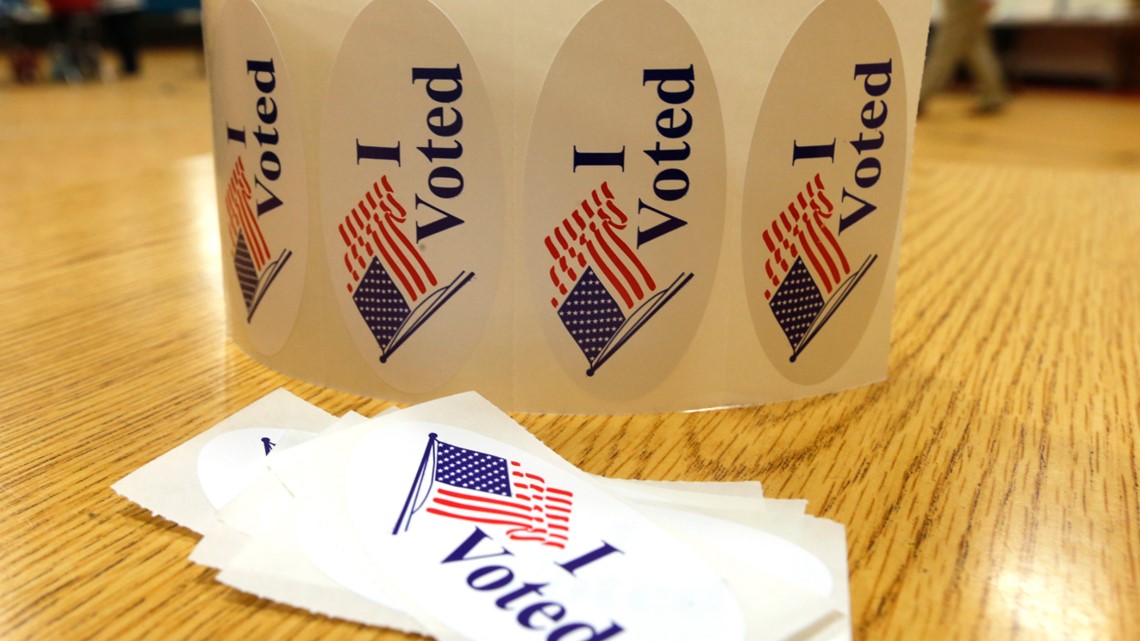The steep drop occurred between 2019 and 2022, according to data from the National Student Clearinghouse.
WASHINGTON — What some initially viewed as a COVID-induced aberration now looks more like a trend.
"Many of us researchers thought 'ok this is a blip in the system we're going to see some sort of resurgence of students shortly after,' but unfortunately that is not the case," said Nicole Smith, Chief Economist at Georgetown University's Center on Education and the Workforce.
Data from the National Student Clearinghouse shows that from 2019 to 2022, undergraduate enrollment dropped nationwide by roughly 1.2 million students. In 2019, about 16.3 million students were enrolled; by 2022 that figure was 15.1 million.
Smith called it "the biggest recorded drop for such a small time period."
According to her, a strong labor market where many low-skilled jobs increase compensation to attract employees may be partly responsible for luring high school graduates away from further education.
"There's opportunity, there's jobs, and kids are saying 'let me go get the money," said the economist.
According to Smith, the long-term financial impact of not obtaining a four-year degree can be sizable.
"The difference between earnings of a high school graduate and a college graduate on average is about $1.2 million over a lifetime," she said.
Other forms of higher education, like associate's degrees, also can boost earning potential, according to Smith. However, it's not the only path. Trade schools or apprenticeships can be excellent tools for career advancement.
"We've found that many of those types of skills trades can pay more in the long run than some of these two-year and four-year traditional degrees," said Smith.
But for those who neither pursue a trade nor obtain a higher degree, Smith warns that less-skilled laborers are particularly vulnerable to economic downturns.
"When the bottom falls out, the first to go are usually those who don't have skills or are not as educated as the rest of the workforce," said Smith
According to Smith, making college education more affordable and providing more guidance counseling to high school students could help reverse this trend of declining enrollment.
.png)









 English (US) ·
English (US) ·